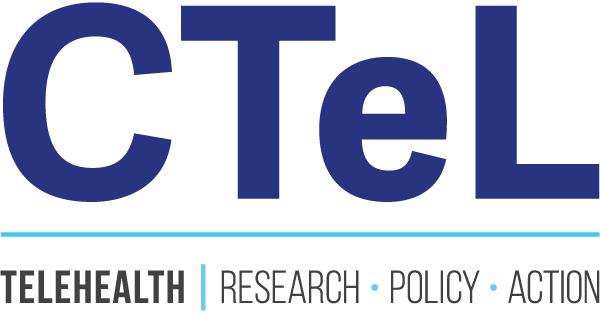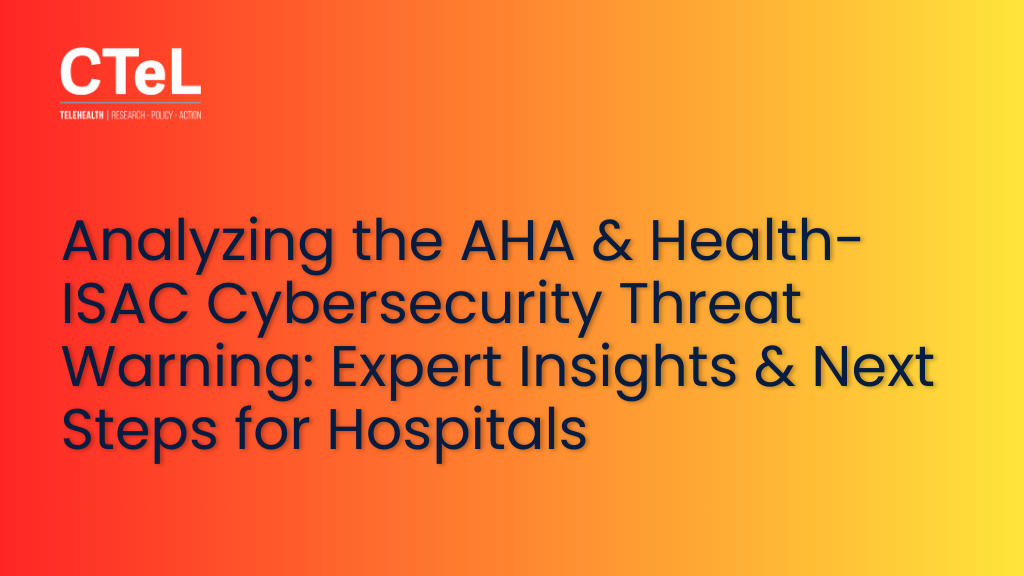Analyzing the AHA & Health-ISAC Cybersecurity Threat Warning: Expert Insights & Next Steps for Hospitals
The American Hospital Association (AHA) and Health-ISAC recently issued a joint threat bulletin warning of a potential coordinated, multi-city terrorist attack targeting hospitals. While the credibility of the threat remains unverified, the bulletin emphasizes the urgent need for hospitals to reassess cybersecurity, physical security, and emergency response plans.
To provide a deeper understanding, we analyze this warning through the lens of digital health, cybersecurity, HIPAA compliance, patient rights, and healthcare infrastructure. Here’s what most healthcare leaders overlook—and how they should respond.
1. Digital Health & Cybersecurity: The Hidden Threat of Converging Attacks
Overlooked Risk:
Most hospitals focus on either cybersecurity or physical security—but today’s threats often blend both. A coordinated ransomware attack could cripple digital health records while a physical attack disrupts hospital operations.
Strategic Response:
Implement cyber-physical security drills that simulate both cyber and physical breaches occurring simultaneously.
Deploy backup internet connections and redundant data centers to maintain operations in the event of a cyberattack.
Ensure medical devices connected to networks (IoT devices) have end-to-end encryption and are not vulnerable to remote exploitation.
2. Cybersecurity: Third-Party Vendor Risks & Insider Threats
Overlooked Risk:
Hospitals often rely on third-party vendors for IT services, cloud storage, and medical devices, but these vendors can be weak entry points for cyberattacks. Additionally, insider threats, whether intentional or accidental, pose major security risks.
Strategic Response:
Restrict vendor access with zero-trust security models, ensuring only essential access is granted to third-party partners.
Conduct background checks and monitor unusual login activity among staff and vendors.
Implement continuous cybersecurity training for all hospital personnel, including non-IT staff.
3. HIPAA Compliance & Legal Implications
Overlooked Risk:
In emergency scenarios, hospitals may override HIPAA protocols to prioritize patient care. However, improper data-sharing practices during a cyberattack can expose hospitals to lawsuits and federal penalties.
Strategic Response:
Establish a HIPAA emergency response policy that outlines secure ways to share patient data in crises.
Use end-to-end encrypted communication for internal medical discussions.
Ensure backup medical records are securely stored and not vulnerable to ransomware attacks.
4. Patient Rights & Transparency: Misinformation Can Fuel Panic
Overlooked Risk:
Cyberattacks targeting hospitals can erode patient trust and spread misinformation. If patients believe hospitals are compromised, they may avoid seeking medical care, worsening public health outcomes.
Strategic Response:
Develop a patient-facing cybersecurity communication strategy to proactively inform patients about how hospitals protect their data.
Implement automated alerts to notify patients if their data has been accessed without authorization.
Collaborate with public health officials and media to control narratives in case of a breach.
5. Infrastructure Resilience & Disaster Recovery
Overlooked Risk:
Many hospitals still operate on outdated infrastructure vulnerable to cyberattacks. Attackers often target mid-sized hospitals with weaker security, as noted in the AHA warning.
Strategic Response:
Prioritize the modernization of outdated IT infrastructure to support modern security standards.
Segment networks to ensure that if one system is breached, others remain secure.
Conduct penetration testing on hospital networks to identify vulnerabilities before attackers do.
Next Steps for Hospitals: Proactive Defense Strategies
✔ Review & Update Cyber-Physical Security Plans – Address both digital and physical vulnerabilities with coordinated response drills.
✔ Strengthen Third-Party Vendor Security – Enforce stricter access controls and require compliance with hospital cybersecurity policies.
✔ Implement a Zero-Trust Security Model – Restrict network access based on verified identity and need-to-know basis.
✔ Improve Patient Transparency & Crisis Communications – Build trust by proactively informing patients about security measures.
✔ Harden Legacy Systems & Isolate Critical Networks – Segment older systems and replace outdated IT infrastructure where possible.
Final Thought: Preparation is Non-Negotiable
While the AHA threat warning may or may not materialize, the message is clear: hospitals are high-value targets, and cyber-physical attacks are evolving. Healthcare leaders must act now to protect their institutions, staff, and—most importantly—patients.

